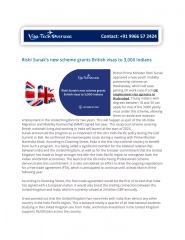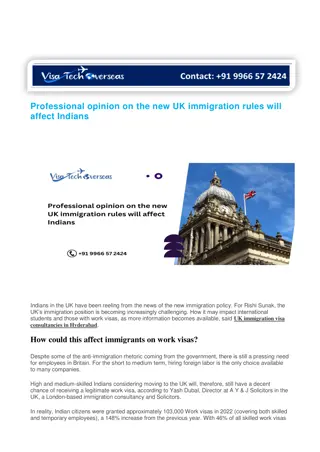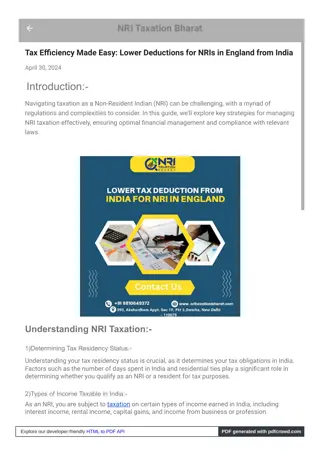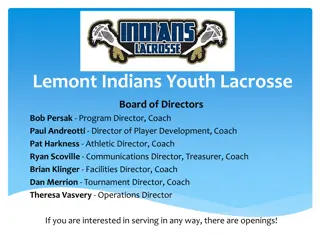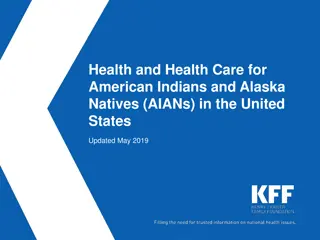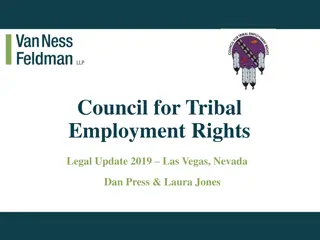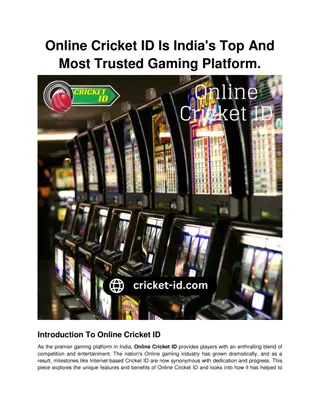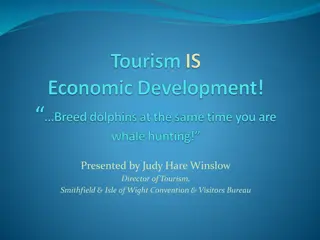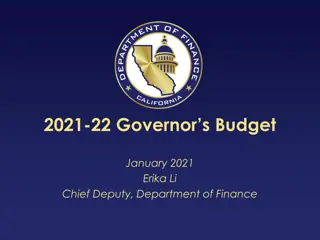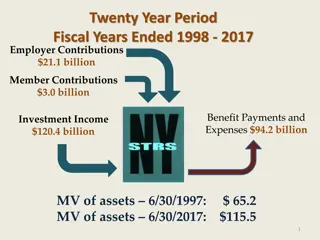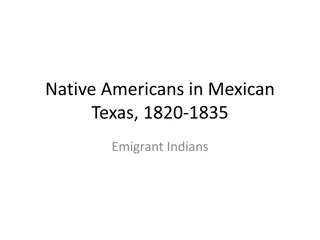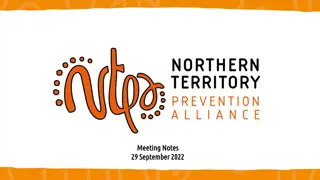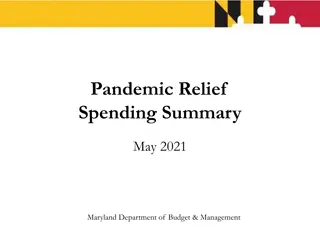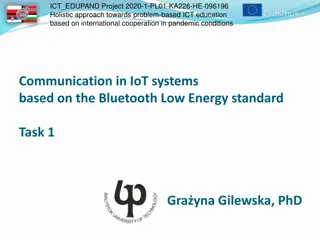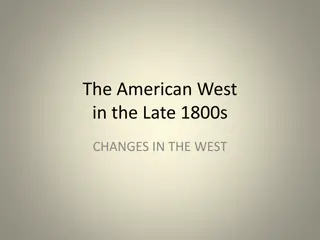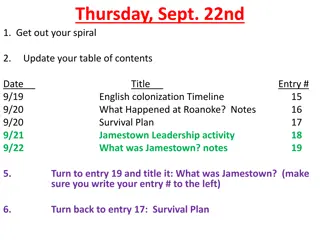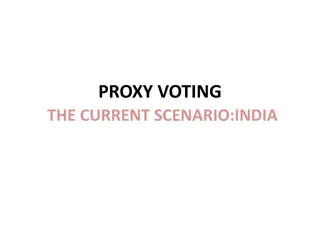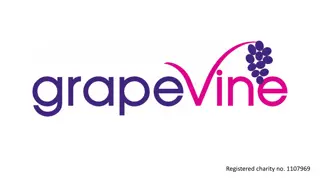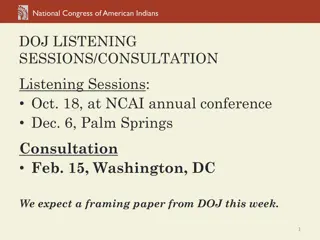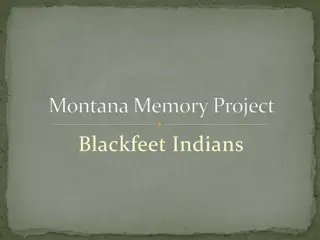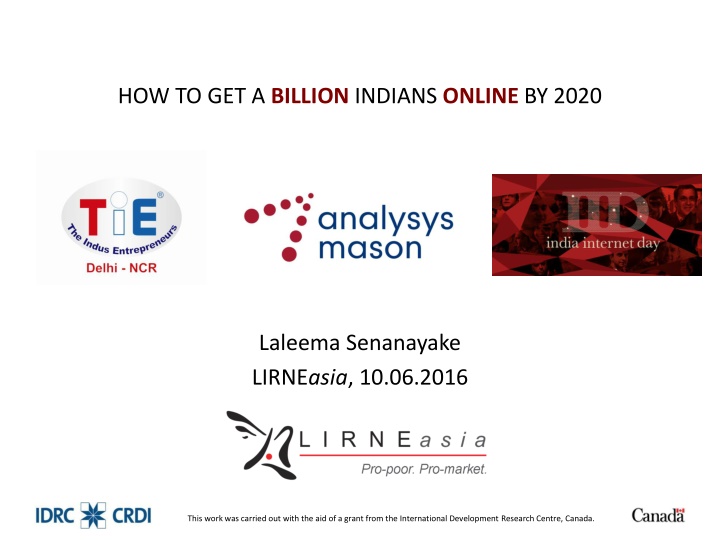
Connecting a Billion Indians Online by 2020 - Challenges and Strategies
In a bid to get a billion Indians online by 2020, various initiatives and key stakeholders are working towards this goal. The plan involves addressing impediments and exploring business models to connect the digitally un-served and under-served population. Mobile internet subscriptions are on the rise, but key challenges such as infrastructure limitations and access issues need to be overcome. This article delves into the strategies and commitments needed to achieve this ambitious target.
Download Presentation

Please find below an Image/Link to download the presentation.
The content on the website is provided AS IS for your information and personal use only. It may not be sold, licensed, or shared on other websites without obtaining consent from the author. If you encounter any issues during the download, it is possible that the publisher has removed the file from their server.
You are allowed to download the files provided on this website for personal or commercial use, subject to the condition that they are used lawfully. All files are the property of their respective owners.
The content on the website is provided AS IS for your information and personal use only. It may not be sold, licensed, or shared on other websites without obtaining consent from the author.
E N D
Presentation Transcript
HOW TO GET A BILLION INDIANS ONLINE BY 2020 Laleema Senanayake LIRNEasia, 10.06.2016 This work was carried out with the aid of a grant from the International Development Research Centre, Canada.
INTRODUCTION 1 Billion Internet users in India by 2020 Inclusive digital revolution Multiple initiatives by central and state government of India Vision: Transform India into digitally empowered society and knowledge economy It is important that the population is connected to Internet to directly benefit from these services 746 million unique Internet users by 2020 (Analysys Mason s proprietary market forecast model) Additional 254 million unique Internet users (digitally un-served and under-served) Commitment by key stakeholders: government, operators, consumer Internet companies and technology companies
KEY QUESTIONS? 1. A billion Internet connected Indians by 2020- Is it realistic? 2. Key impediments for connecting the digitally un-served and under-served population 3. Potential business models for addressing issues around access and services 4. Most appropriate business model required to connect a billion Indians to Internet Input from industry participants and industry experts and publicly available information 3
A BILLION INTERNET CONNECTED INDIANS BY 2010- IS IT REALISTIC? Internet subscriptions and unique users in India, million, December, 2015 Internet penetration: 30.7 % of the population 4
MOBILE INTERNET SUBSCRIPTIONS ON THE RISE Mobile Internet subscriptions: 220 million in 2013 to 310 million in Dec 2015 Rapid expansion of 3G and LTE networks Penetration of 3G and LTE enabled smartphones Auction of spectrum Change in market dynamics with the launch of LTE services by Reliance Jio Access to wired/ fixed networks will be limited Analysis masons propriety market forecast model (circle-level forecast using benchmarking, regression analysis, affordability assessment etc.) How can the Internet access be provided in a net-neutral way? 5
KEY IMPEDIMENTS RESTRICTING INTERNET ADOPTION Description Area Backhaul Infrastructure Limited number of towers connected through fibre (15%) Slow progress in NOFN Right of way issues Access solution Lack of alternative means of Internet access NOFN limited to connecting Gram Panchayats Capacity constraints among operators High spectrum cost Content/ Services/ Apps Lack of significant local content Multimedia based content E-government services Lack of mass market e-services End- users Device and service affordability Awareness about benefits/ use cases of Internet 6
BUSINESS MODELS FOR CONNECTING DIGITALLY UN- SERVED/ UNDER SERVED POPULATION 1.1.Promotional 3G/ 4G packs to drive discovery/ Experimentation 1. Operators/ ISP initiatives 1.2.Minimal speed free universal data access (64 kbps; 10MB/ day) 2.1.Community or Government institution Wi-Fi (NOFN) 2.Central/ State government initiatives Potential Access Models 2.2.Subsidized data packs for low income group segment 2.3.USOF based WiFi access through reverse auction using NOFN 3.1.CSR based free WiFi access 3.Corporates and tech companies driven initiatives 3.2.Use of innovative technologies/ solutions for access 7
1. Promotional 3G/ 4G packs to drive discovery/ Experimentation Pros: Low entry barrier of data services may act as a motivator for non users/ voice only users to experiment with various data services Win-win for operators who are looking to drive revenue from data services and consumers who get access to services at a lower cost Cons High possibility of initial users dropping out following the promotional period Given the limited available spectrum, operators might not be interested in offering subsidized data packs initially in urban areas Does not address the issue around creating awareness and educating the users on potential benefits of Internet within limited promotional time frame 9
2. Minimal speed free universal data access Pros: Free services will facilitate experimentation and discovery of low bandwidth services Post initial experience and discovery, users might consider opting for regular data packs Cons Given the limited available spectrum, operators might not be interested in offering subsidized data packs initially in urban areas Low speed Internet might not provide the kind of experience to motivate the user for regular data usage 10
Central/ State government initiatives 11
3. Community or government institution WiFi (NOFN backhaul) Pros: End to end planning and funding by government will eliminate concerns over business viability High level utilization of up coming NOFN infrastructure Cons Involvement of multiple stakeholders could create roll out issues Providing a ubiquitous WiFi network covering the entire area will be a challenge Speed of deployment and success of such programs can potentially be an issue 12
4. Subsidized data packs for low income segments Pros: Potential to address affordability issue among low- income groups Act as extension of NOFN program Will facilitate successful implementation of other e- government programs that will help drive economic growth Cons Speedy development and execution of such subsidy program could be a challenge Does not address smart phone/ access device affordability issue 13
5. USOF based WiFi access through reverse auction using NOFN as backhaul Pros: Proven model as structure, so can be quickly implemented Fast and affective deployment of the access infrastructure can be dictated based on rollout milestones and associated penalties for missing them Cons With limited government control, private operators/ service providers may not stick to the timelines Lack of interest among private companies due to poor business case 14
Corporates and tech companies driven initiatives 15
6. CSR based WiFi access Pros: Relatively faster and effective deployment due to the involvement of private sector Utilization of NOFN infrastructure Cons Mass scale WiFi network deployment could be challenge Continuous funding support for sustaining long term program 16
7. Use of innovative technologies/ solutions for access Pros: Faster and affective deployment due to the involvement of private sector/ technology companies High possibility of better acceptability from new end users as a result of better education/ awareness drive by private sector/technology companies Cons: Large- scale deployment without government support will be difficult No clear cut model for generating revenue as advertisement revenue might not be sufficient to recover investments 17
COMPARISON OF POTENTIAL ACCESS MODELS ON MULTIPLE PARAMETERS DEVELOPMENT OF A ROBUST ECOSYSTEM OF LOCAL LANGUAGE/ RELEVANT SERVICES AND APPS Basic necessity based services such as e- learning/ e- health E-/m- banking, payments and wallets E-/m commerce E-/m marketplace and governance services 18
CONCLUSION Learn as you go approach Should use the Universal Service Obligation Fund and ask different technology players to create pilots on their technology so that the Government of India know, what all technologies are possible - Pvt Org (LIRNEasia institutional survey, 2016) One model will not be applicable for all parts in India Telcos are the key to mass connectivity As they are already providing 3G & 4G data services Huge role - simply the last mile is going to be wireless for next 3-5 years. Pvt Org Offering internet through the existing network is an easier option rather than going for entirely new setup of network and distribution Pvt Org These are the guys who are going to provide large mass Influencer Mobile network: mass coverage I think mobile will be the way of broadband connectivity for years to come. Mobile has obviously higher penetration available 24*7, anywhere. So that way it is the way of connectivity in the future Pvt Org Wifi: concentrated connectivity Wifi is a hotspot kind of an opportunity Pvt Sector 19
Technology Options For Diffusion Long term potential White space ? Satellite DTH Low cost alternative to mobile networks? Inaccessible, sparsely populated terrain Entertainment Wireline Niche Mass High density clusters Pronged solution to meet localized needs Mobile networks Wifi Concentrated connectivity Immediate potential
CONCLUSION Increase digital literacy Develop support services (electricity) In the initial flush of things, people will be using it for entertainment. But in course of time people will understand the power of the medium Pvt Org It is very clear that once the demand factor gets out to the end user, that there will be pretty heavy demand Influencer 1st & biggest gainer of rural net access, providing access to existing content is enterteinment followed by online shopping, education and banking/ financial services 21


